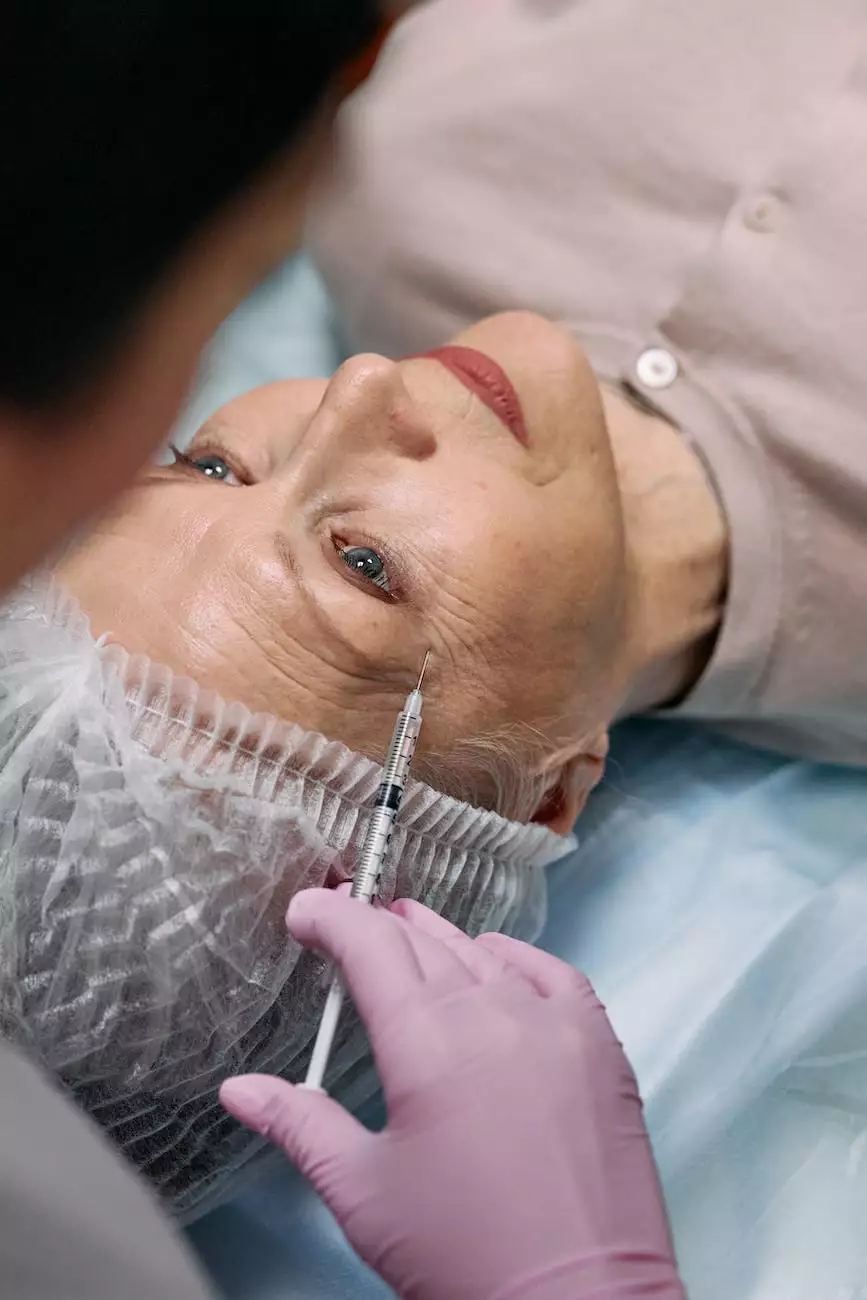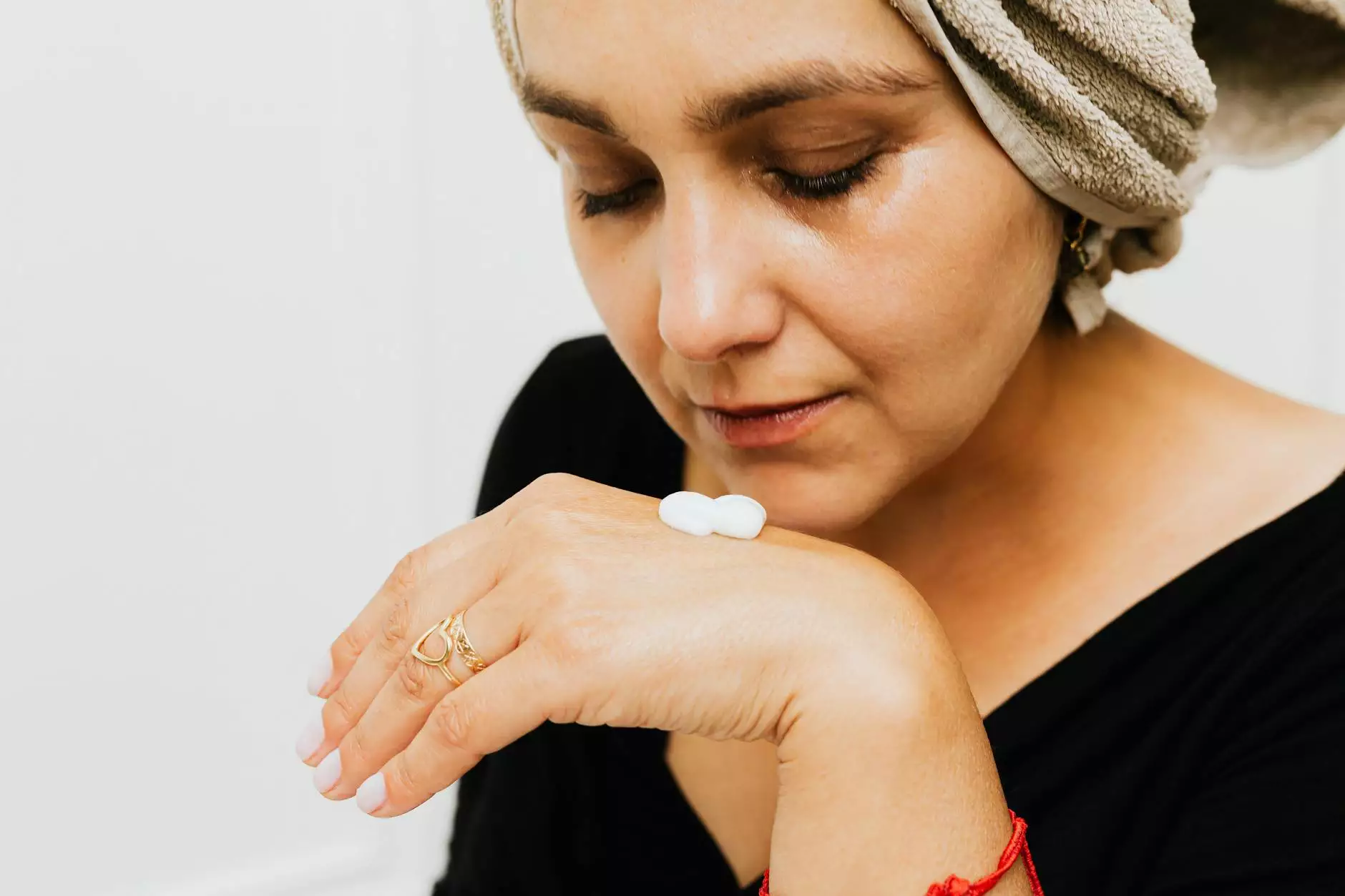Overview of Hair Transplantation for Dermatologists

Introduction
Welcome to Foley James D MD's comprehensive guide to hair transplantation for dermatologists. In this article, we will delve into the intricacies of hair transplant procedures, providing valuable insights and information for dermatologists looking to expand their expertise in this field.
The Importance of Hair Transplantation
With an increasing number of individuals seeking solutions for hair loss, hair transplantation has become a critical procedure. Dermatologists can play a significant role in addressing their patients' concerns by offering effective and safe hair transplant treatments. As a dermatologist, understanding the various aspects of hair transplantation is imperative for staying ahead in this rapidly evolving field.
Understanding Hair Loss
Before we dive into the details of hair transplantation, it's crucial to have a profound understanding of the underlying causes of hair loss. Hair loss can be attributed to various factors such as genetics, hormonal changes, medical conditions, and certain medications. By identifying the root cause of hair loss, dermatologists can devise tailored treatment plans.
The Hair Transplantation Process
Hair transplantation involves the extraction of hair follicles from a donor area and their transplantation to areas experiencing hair loss. This process requires precision and expertise to ensure natural-looking results. There are two widely used techniques for hair transplantation:
Follicular Unit Extraction (FUE)
In FUE, individual hair follicles are extracted from the donor area using a specialized instrument. These follicles are then meticulously transplanted into the recipient area, ensuring minimal scarring and rapid recovery. FUE is known for its versatility and suitability for patients with tight scalps or those who wish to keep their hair short.
Follicular Unit Transplantation (FUT)
FUT involves the extraction of a strip of scalp from the donor area, which is then dissected into individual follicular units. These units are carefully transplanted into the recipient area. While FUT leaves a linear scar, it is a preferred method for patients requiring a larger number of grafts.
Preparation and Evaluation
Prior to any hair transplant procedure, a thorough evaluation of the patient's hair loss pattern, scalp condition, and overall health is essential. This evaluation helps dermatologists determine the most suitable technique and transplant plan. In some cases, additional treatments such as scalp micropigmentation or platelet-rich plasma therapy may be recommended to optimize results.
Post-Transplant Care
After the hair transplant procedure, patients must follow proper post-operative care instructions provided by their dermatologist. This includes keeping the scalp clean, avoiding strenuous activities, and adhering to prescribed medications. Dermatologists should schedule follow-up appointments to monitor the healing process and provide guidance on managing expectations.
Results and Expectations
Hair transplantation offers long-lasting and natural-looking results. Patients can expect their transplanted hair to shed within a few weeks, followed by gradual regrowth over several months. Dermatologists play a crucial role in setting realistic expectations and counseling patients on the timeline and outcome of the procedure.
Conclusion
As a dermatologist focusing on hair transplantation, expanding your knowledge and expertise in this field is essential. Foley James D MD aims to provide a comprehensive resource that equips you with the necessary information to excel in hair transplant procedures. By offering effective hair loss solutions, dermatologists can positively impact their patients' lives and contribute to their overall well-being.










